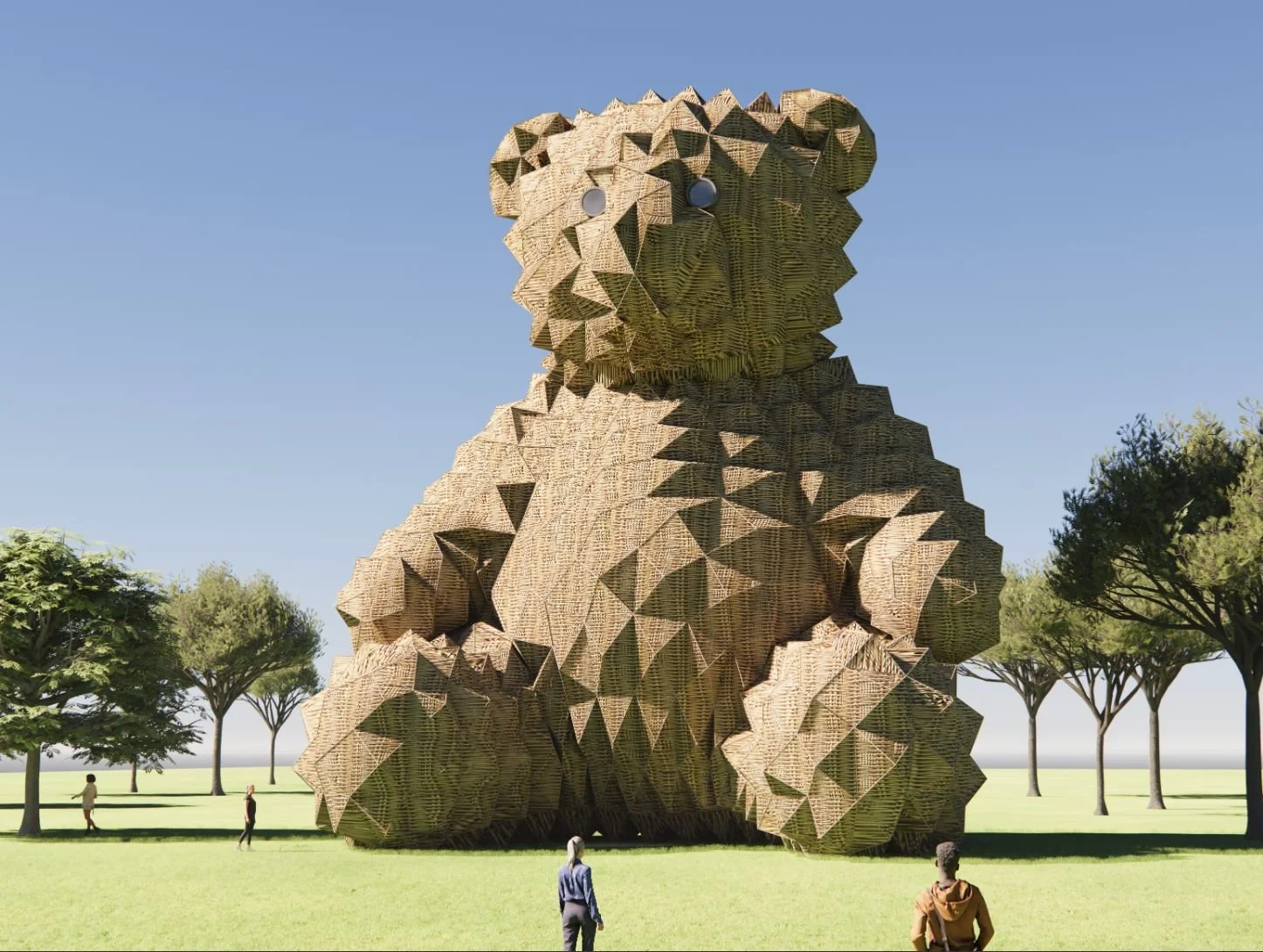BARE: A Civic Icon Transforming Food Waste into Energy
What if architecture could turn food waste into energy for our cities?
SPARK’s BARE (Bio-Anaerobic-Rubbish-Eater) is rising to the challenge.
Food waste is one of the world’s most pressing environmental challenges. Each year, millions of tonnes of food are discarded before ever reaching a plate. Squandering precious land, water, and energy while producing methane, a greenhouse gas more harmful than carbon dioxide. This paradox, where cultures that revere food allow so much of it to end up in landfill, was the catalyst for BARE, the Bio-Anaerobic-Rubbish-Eater.
Infrastructure as Experience
At its core, BARE is a biogas digester that converts discarded food into clean energy and fertiliser. Yet its impact extends far beyond utility, it also acts as a storytelling device. Unlike conventional waste facilities hidden at the edges of cities, BARE is designed to be seen, touched, and experienced. Visitors are invited to step inside, to witness the digestive cycle, and to view the city from new perspectives. In doing so, BARE becomes a civic landmark, a sculpture, power station, and education centre all at once.
BARE stands as a playful yet serious reminder: sustainability can be both useful and joyful, both pragmatic and poetic.
A Civic Icon: A Bear That Eats Waste
BARE is born from the conviction that environmental messaging does not have to be dry or didactic. It can be compelling, memorable, and weirdly loveable. It becomes a civic guardian that invites participation and transforms the often-invisible processes of waste management into something tangible, educational, and engaging. It stands as a playful yet serious reminder: sustainability can be both useful and joyful, both pragmatic and poetic.


